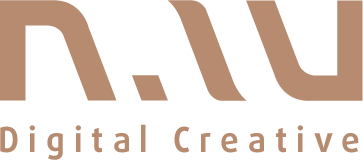MeteorJS là một platform đang thu hút rất nhiều sự chú ý của giới phát triển web, với đặc điểm nổi bật là cho phép viết web app hoàn toàn bằng JavaScript từ back-end cho đến front-end, giao diện "reactive" (tự động cập nhật khi dữ liệu thay đổi phía server), có sẵn module quản lý người dùng và hệ sinh thái plugin rất phong phú...
Trong buổi training này, Thanh sẽ hướng dẫn sơ lược về MeteorJS thông qua một ứng dụng mẫu.
- Website MeteorJS: https://www.meteor.com/
- Source code của ứng dụng: https://github.com/naustudio/nau-jukebox










